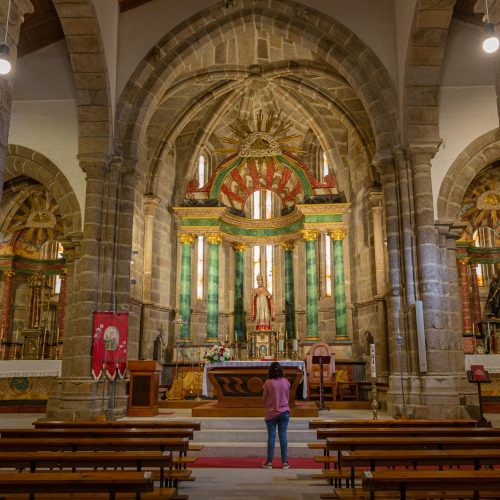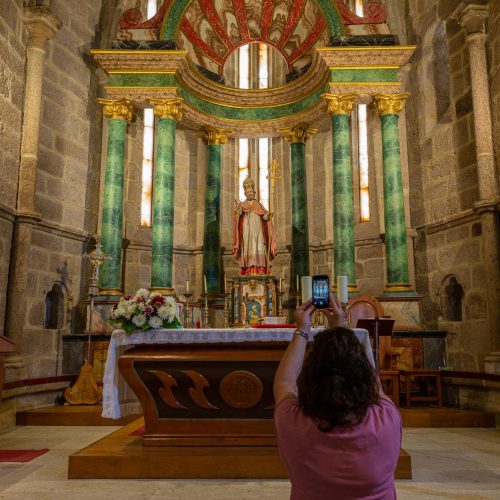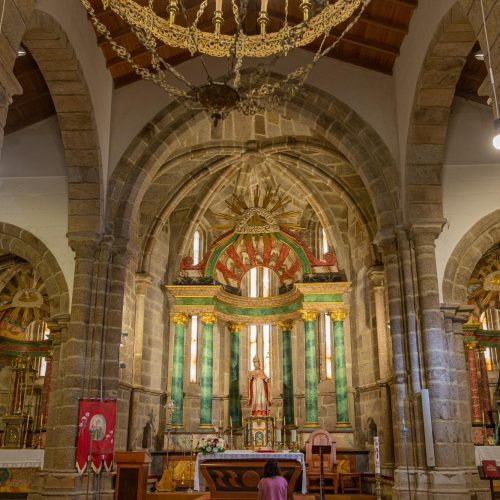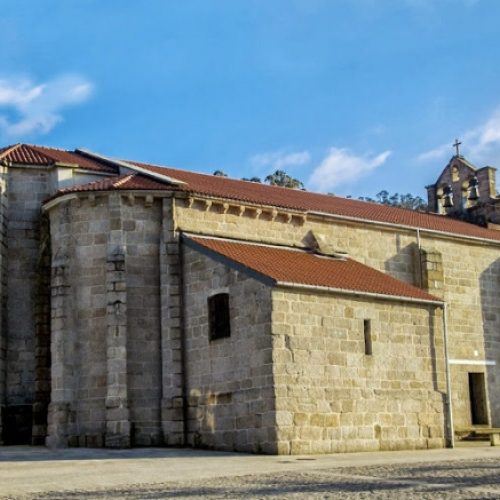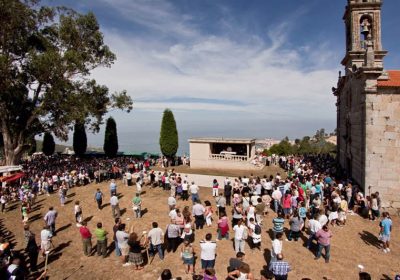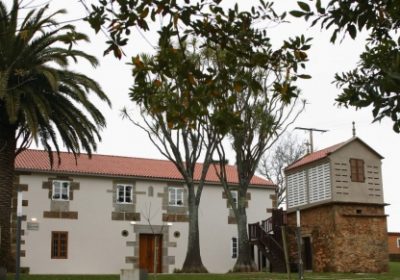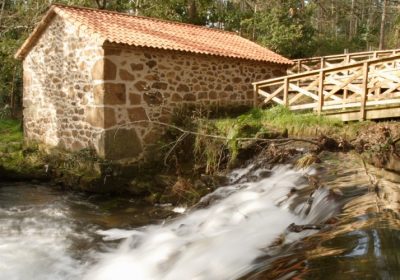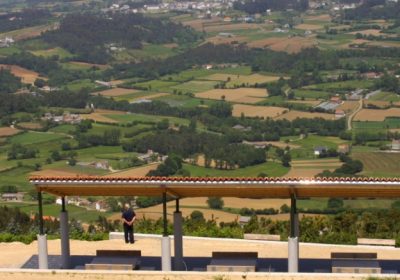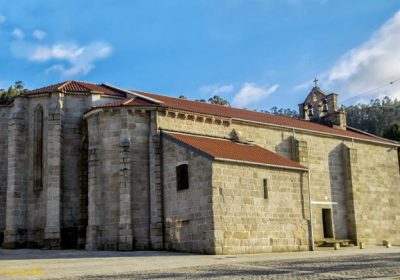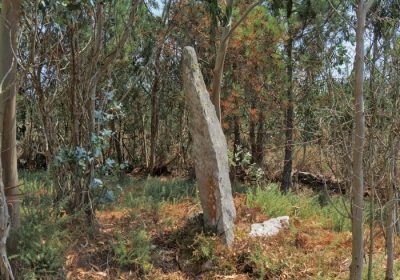The data preserved regarding its origin seem to place its foundation in the first quarter of the tenth century. According to the historian López Ferreiro, a document about the monastery of Soandres, where Bishop Don Nuño lived, is preserved in the indexes of the archive of San Martiño Pinario, which refers to a sentence given in the year 922, when he was in Soandres with Count Froilán Menéndez. Lucas Álvarez attributes the foundation of the monastery to the parents of Conde Pelayo, who made a donation to this church in a document dated 990.
Since its foundation, this Benedictine temple has been of considerable importance as it exerts influence on a large part of what we know today as Bergantiños.
Until 1351, and for four centuries, the monastery of Soandres was under the patronage of Saint Saviour. It was then that the King of Castile, Pedro I, in a demonstration of the protection he professed to the temple, decided to exempt it from paying the taxes of “yantare e colleita”. The monks, as a sign of gratitude, changed the dedication of the monastery to St. Peter.
It was at the end of the fifteenth century and the beginning of the sixteenth century when the monastery began to lose privileges due to the reform of the Catholic Monarchs. At this time, the temple became a priory dependent on the monastery of San Martiño Pinario in Santiago de Compostela, a union confirmed by Pope Alexander VI on October 1, 1500.
Monastic life ended on December 6, 1835. The monastery lost its properties and its function was limited, from then on, to that of a parish church.

